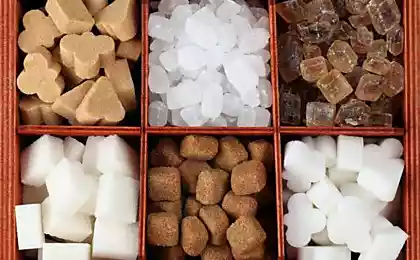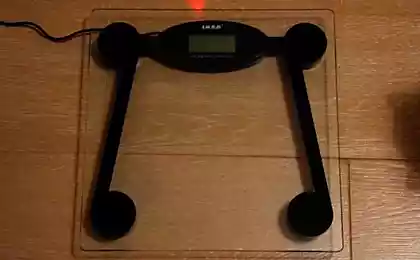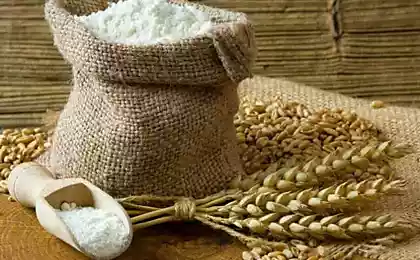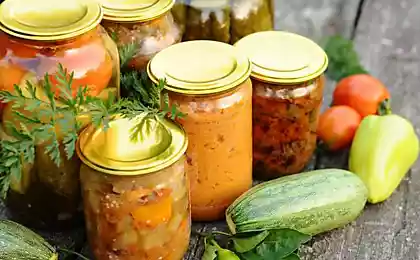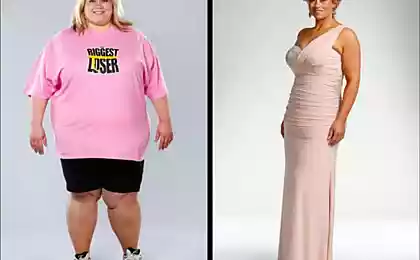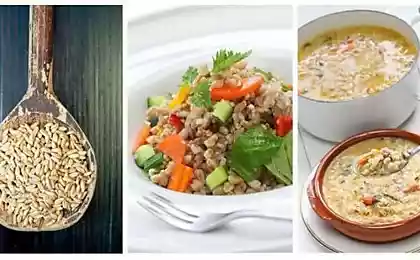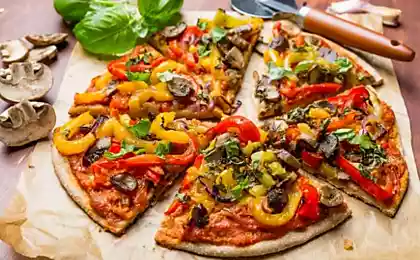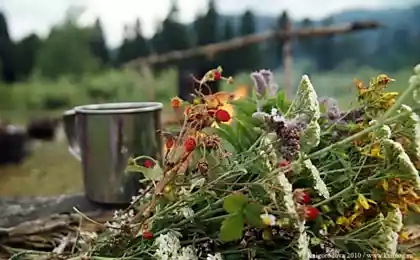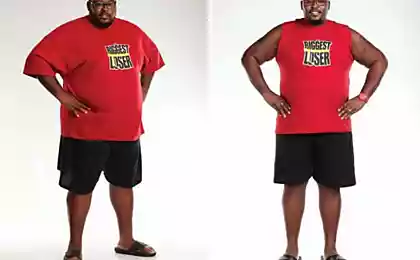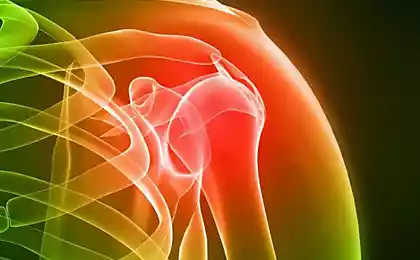206
How to use spoons and glasses instead of weights
The theater begins with a hanger, and the preparation of a new dish with a list of ingredients, the amount of which is indicated in some recipes in spoons and glasses, and in others in grams and milliliters, which need to be measured with something else.

Experienced housewives are used to doing everything by eye, but sometimes you want to cook a dish in which every gram is important. How to weigh products without weights And determine their volume without a special measuring glass?
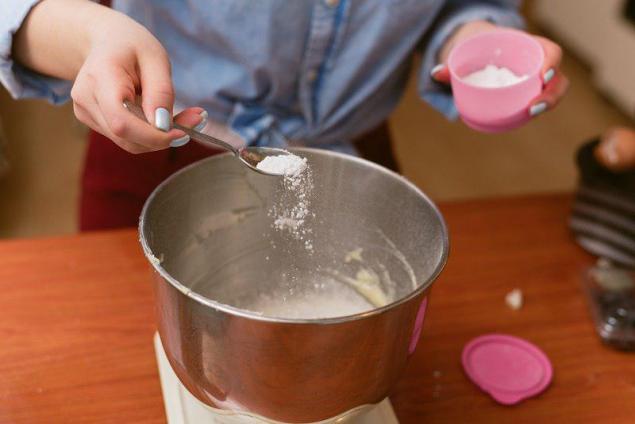
The answer to this difficult question and a real wand in your kitchen will be a table of the ratio of weight and volume of various products, which "Site" prepared for the convenience of readers.
Measurements of volume at home are simple - faceted glass, tea and tablespoon. Let’s talk about how many products are placed in these containers.
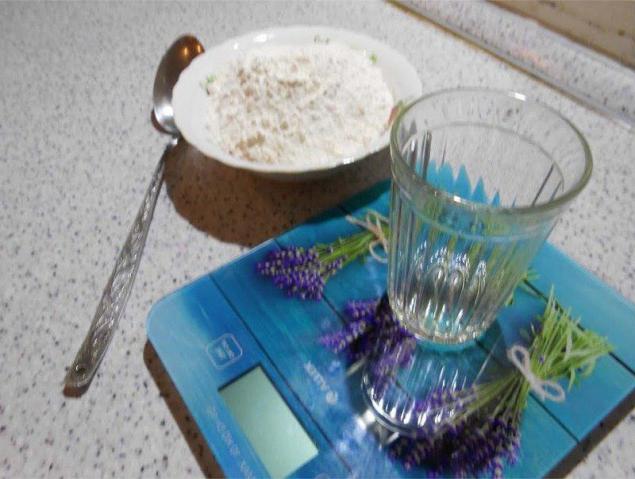
1 cup - 240 ml
3/4 cup - 180 ml
2/3 cup - 160 ml
1/2 cup - 120 ml
1/3 cup - 80 ml
1/4 cup - 60 ml
By the way, next week (September 11), the famous Soviet faceted glass turns 76 years old. This integral attribute of Soviet life was first made in 1943 at the oldest glass factory in Russia in the city of Gus-Khrustalny.

Interestingly, at different times, glasses with 10, 12, 14, 16, 18 and 20 faces were produced. But the capacity of the glass remained unchanged: 200 ml to the glass rim, 240-250 ml to the edges.
1 tbsp - 15 ml
1 tsp - 5 ml
1 tbsp - 3 tsp
1 cup - 16 tbsp.
1 liter - 4 glasses and 2 tbsp. l.
Bulk products at the same volume have different weight, which complicates the measurement process. This is why you need a table of weight measures of products – you can never go wrong with it and measure exactly as much sugar and flour as you need for a cake or cookies.

It should be remembered that the weight of bulk products also depends on the degree of sealing. For example, usually a glass of flour weighs about 160 grams, but if it is tamped, it will be 200-210 grams, and if previously sifted - 120-130 grams.
Ratio of weight and volume of different products
According to GOST R 52121-2003, depending on the category, chicken eggs have the following weight (in brackets the corresponding marking of eggs is indicated).
Egg of the third category (3) – weighs from 35 to 44.9 g
Egg of the second category (2) – weighs from 45 to 54.9 g
Egg of the first category (1) – weighs from 55 to 64.9 g

With an average weight of 40 to 65 grams, a dozen eggs weigh between 400 and 650 grams, and an average kilogram contains between 15 and 25 eggs.
How much on average weigh vegetables and fruits Potatoes - 100 g
Onion - 75g
Carrots - 75g
Cucumber - 100g
Radice - 20g
Eggplant - 200g
Egg white - 30g
Egg yolk - 20g
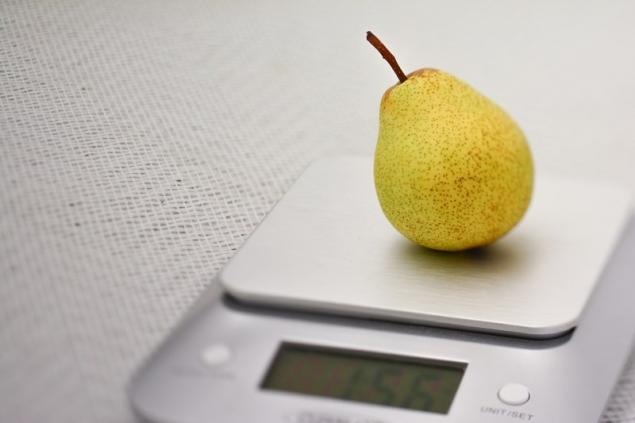
Pear - 130-160g
Apricot - 40g
Orange - 140g
Strawberry (1 berry) - 8g
Lemon - 50-70g
Peach - 85g
Plum - 30g
Apple - 90g
The ability to determine the right weight of products with the help of improvised items will greatly facilitate the life of every cook. Good housewives accumulate tricks and tips for years, writing them down in a cookbook, and we have collected the most useful tips for the kitchen in one article!

Experienced housewives are used to doing everything by eye, but sometimes you want to cook a dish in which every gram is important. How to weigh products without weights And determine their volume without a special measuring glass?

The answer to this difficult question and a real wand in your kitchen will be a table of the ratio of weight and volume of various products, which "Site" prepared for the convenience of readers.
Measurements of volume at home are simple - faceted glass, tea and tablespoon. Let’s talk about how many products are placed in these containers.

1 cup - 240 ml
3/4 cup - 180 ml
2/3 cup - 160 ml
1/2 cup - 120 ml
1/3 cup - 80 ml
1/4 cup - 60 ml
By the way, next week (September 11), the famous Soviet faceted glass turns 76 years old. This integral attribute of Soviet life was first made in 1943 at the oldest glass factory in Russia in the city of Gus-Khrustalny.

Interestingly, at different times, glasses with 10, 12, 14, 16, 18 and 20 faces were produced. But the capacity of the glass remained unchanged: 200 ml to the glass rim, 240-250 ml to the edges.
1 tbsp - 15 ml
1 tsp - 5 ml
1 tbsp - 3 tsp
1 cup - 16 tbsp.
1 liter - 4 glasses and 2 tbsp. l.
Bulk products at the same volume have different weight, which complicates the measurement process. This is why you need a table of weight measures of products – you can never go wrong with it and measure exactly as much sugar and flour as you need for a cake or cookies.

It should be remembered that the weight of bulk products also depends on the degree of sealing. For example, usually a glass of flour weighs about 160 grams, but if it is tamped, it will be 200-210 grams, and if previously sifted - 120-130 grams.
Ratio of weight and volume of different products
- Croups.
1 cup of elongated rice - 200g
1 cup of round rice - 210g
1 cup of oatmeal - 100g
1 cup of buckwheat cereal - 210 g
1 cup of pearl cereal - 230 g
1 cup of millet cereal - 220g
1 cup of barley cereal - 180 g
1 cup of corn cereal - 180g
1 cup of manna cereal - 200g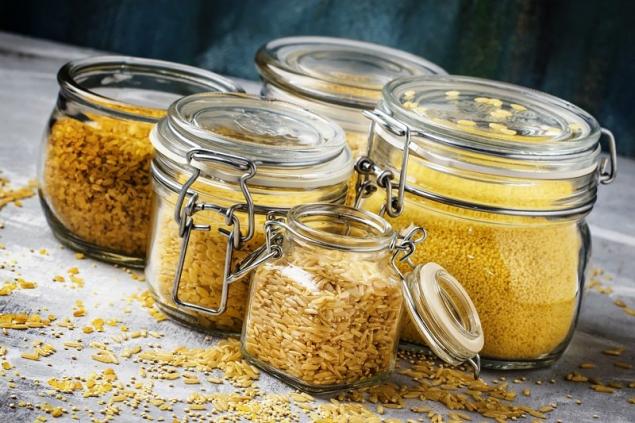
- salt
1 cup of coarse salt - 360g
1 cup of fine salt - 400g
1 tbsp salt with a slide - 30 g
1 tsp salt with slide - 10g
1 tsp salt without slide - 7g - Baking soda
1 cup - 200g
1 tbsp - 25g
1 tsp soda with slide - 12g
1 tsp soda without slide - 7g - sugar
1 cup - 200g
1 tbsp with a slide - 25g
1 tsp with slide - 7g - Sugar powder
1 cup - 180g
1 tbsp - 12g
1 tsp - 4g - Oil
1 cup of vegetable oil - 200 g
1 cup butter - 240g
1 tbsp butter - 15g - Crumbs.
1 cup of cake crumbs - 110g
1 cup of dried breadcrumbs - 125g - Dry fruits
1 cup of crushed dried fruit - 150g - Flour, cocoa, starch
Do not scoop up flour and starch with a glass directly from the bag. Thus, the glass can form voids. Better put them in a glass with a spoon.
1 cup of flour - 160g
1 tbsp flour - 10g
1 tsp flour - 3g - Honey, corn syrup
If you need to measure sour cream, honey or other thick and viscous mixture - put them in the glass with a spoon to completely fill it.
1 cup - 320g
1 tbsp - 35g
1 tsp - 12g - Jamie
1 cup - 330g - Dry yeast
1 tbsp dry yeast - 10g - gelatin
1 pack - 14g
1 tbsp - 10g
1 sheet of gelatin - 4g - Nuts and berries
When measuring nuts, it should be remembered that the chopped kernels (not crushed) are more densely distributed in the glass, so their weight will be greater. In this case, in recipes where a certain amount of grams is required, for example, chopped peanuts, it is better to measure whole nuts, and then cut them.
1 cup of peanuts - 175g
1 cup of almonds - 160g
1 cup of raisins - 190g
1 cup of walnuts - 165g
1 cup of pine nuts - 140g
1 cup of sunflower seeds - 170 g
1 cup of raspberries - 180g
1 cup blackcurrant - 155g
1 cup of cranberry - 145g
1 cup of blueberries - 200g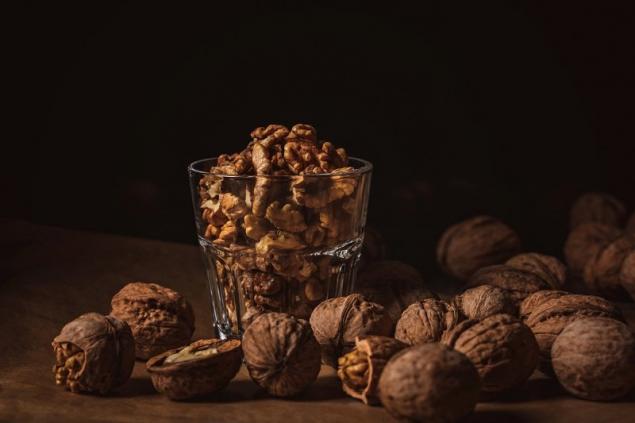
According to GOST R 52121-2003, depending on the category, chicken eggs have the following weight (in brackets the corresponding marking of eggs is indicated).
Egg of the third category (3) – weighs from 35 to 44.9 g
Egg of the second category (2) – weighs from 45 to 54.9 g
Egg of the first category (1) – weighs from 55 to 64.9 g

With an average weight of 40 to 65 grams, a dozen eggs weigh between 400 and 650 grams, and an average kilogram contains between 15 and 25 eggs.
How much on average weigh vegetables and fruits Potatoes - 100 g
Onion - 75g
Carrots - 75g
Cucumber - 100g
Radice - 20g
Eggplant - 200g
Egg white - 30g
Egg yolk - 20g

Pear - 130-160g
Apricot - 40g
Orange - 140g
Strawberry (1 berry) - 8g
Lemon - 50-70g
Peach - 85g
Plum - 30g
Apple - 90g
The ability to determine the right weight of products with the help of improvised items will greatly facilitate the life of every cook. Good housewives accumulate tricks and tips for years, writing them down in a cookbook, and we have collected the most useful tips for the kitchen in one article!



